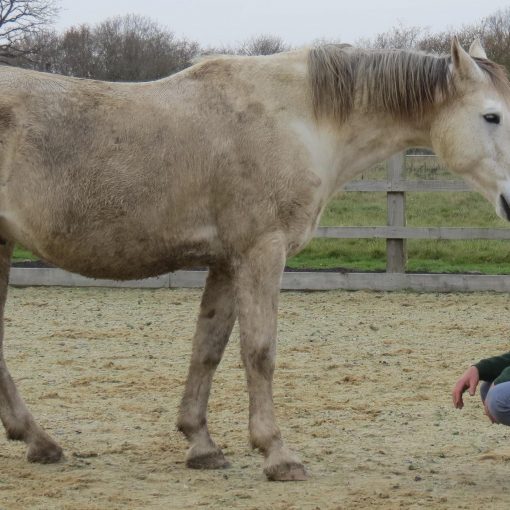Timelessness and the Tree
Trees are everywhere. Or perhaps at least they once were.
Yet trees are so often invisible, or at least frequently unseen.
Yet the tree is an anchor of memory – sometimes consciously, sometimes unconsciously. It might not necessarily be the first thing recall, but ultimately how many of the images painted in the stories of our lives fail to include them. As time passes, as we redevelop and gentrify our lived-in worlds, they remain. As much a constant in the world around us, as the hills, mountains, rivers and lakes that shape the landscape.
But through the annual seasonal cycles of growth, leaving and shedding, they connect us with the life in the natural world around us.
Their place in our lives so central to the landscape of our living memory. Even in urban areas, for example, in Sheffield there have been significant protests by residents, and even acts of civil disobedience, following the councils attempts to remove them from street sides around the city.
I have been revisiting the trees of my childhood. They form the embodiment of my memories. Great physical libraries recording the innocence of my first years. Everywhere that I visit there was a game, or a conversation, a walk with a dog, or a building of camp. And then I close my eyes and there are the trees between then and my return, the trees I remember holding space at different times, and in different places of the intervening 50 years of my life, whether they at a roadside, deep in a forest or standing alone in a field.
Even if they not the protagonist they are so often the set for the stage plays of yesterday’s memories. Be it the lone hanging tree that supported the dispensation of impromptu medieval (human) justice or the giant dark and foreboding forests of the Brothers’ Grimm retelling of Germanic folktales. They carry meaning beyond their existence. So there they stand in the landscape capturing the environment records of centuries in their rings more objectively than any subjective historian.
They are the great senior citizens of the living world. How many things do any of us know that know that might outlive a tree. They are as much a part of the landscape as the bedrock and soil that supports them. And that landscape for generations past defined people as much as their trades or societal levels.
To the Celts they carried oracular wisdom – to the druids they formed sacred groves – from the renaissance to the romantic, artists their great spreading forms painted landscape as much as the mountain ranges on the horizon of the great tempests of the sea. Poets from Blake to Hughes have celebrated their longevity, wisdom and beauty. Herbalists for millennia have harvested their healing properties; modern big-pharma would be still be a cottage industry without the raw materials and chemicals extracted from these giants.
The Japanese have a practice of Shinrin-yoku, or forest bathing. Going to the forest and experiencing it mindfully, a sensory adventure of sights, sounds, smells, as well as the feel beneath your feet such as dried leavetree4.jpgs or soft moss. As little as 15 minutes a day can revitalise and reduce individual anxiety. Author Matthew Silverstone has recently asserted that time with trees and help to alleviate everything from ADHD to depression.
Like with the horse, I challenge you to try telling the story of man-kind through the ages without reference to their contribution – what has not called upon the raw material of timber. The tree was (again like the horse) an essential element of man’s economy since we came out of caves and chose to settle the land. How would man have explored the world – think Vikings, think Columbus – without these selfless sylvan gifts.
Trees are our history and our memories, but they are also the future. They are a living continuity beyond our fleetingness lives. By ignoring the trees and the landscapes around us we are ignoring ourselves. For we are ignoring the landscape of our ancestors and so the landscape of ourselves. In this ignorance we are disconnecting from a future, if we do not acknowledge that which will stand here tomorrow, we deny the value of tomorrow. Unlike the trees, we are just passing through. As I wrote in a recent poem about the Uffington White Horse:
“How many feet have stepped
In the footsteps of generations past?
And into footsteps yet to be trod,
Each born and passing in a blink of your eye.”
Image credit: Wistman’s Wood, Devon: The remnant of a vast forest that once covered Dartmoor - Country Life




